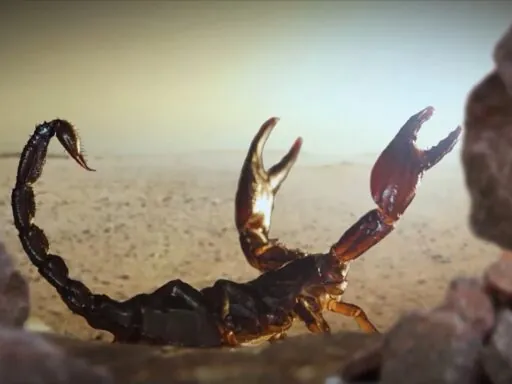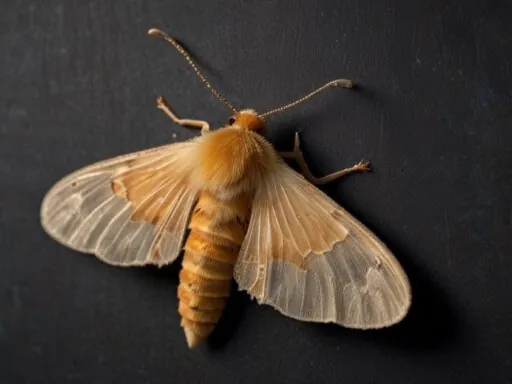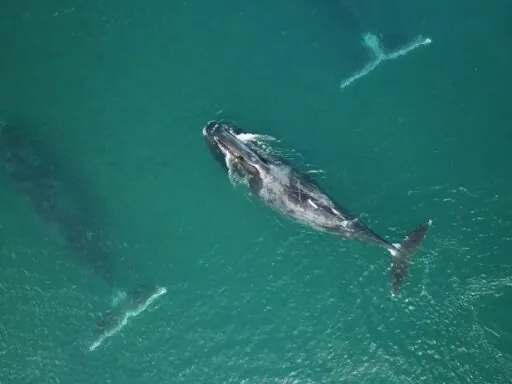Have you ever wondered what animals live in the desert and how they manage to survive in such extreme conditions? Deserts are some of the harshest environments on Earth, yet they are teeming with life. From scorching temperatures to scarce water supplies, animals in the desert have developed extraordinary adaptations to thrive. Our desert animals list showcases the top 10 remarkable creatures that have mastered the art of survival in these arid landscapes. Without further ado, let’s get to it!
1. Kangaroo Rat
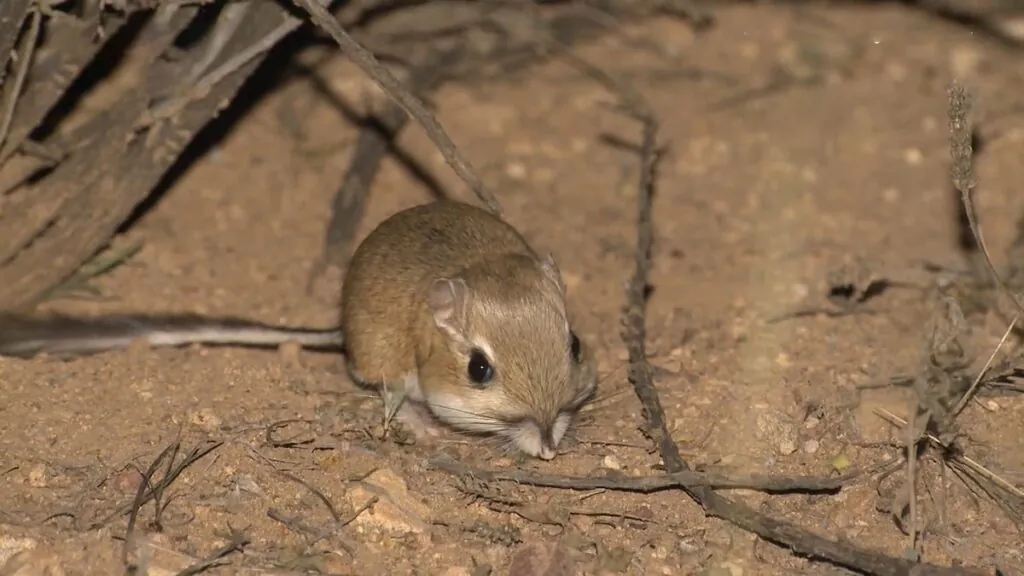
Kangaroo rats are like the desert’s little superheroes, perfectly adapted to thrive in North America’s arid regions. These tiny rodents, weighing just up to 4.5 ounces, have an incredible trick up their sleeves – they never need to drink water! Instead, they get all the moisture they need from the seeds they munch on, converting the fats in these seeds into water during digestion. Their kidneys are super efficient, producing highly concentrated urine to save every drop of water.
But that’s not all. Kangaroo rats are night owls, venturing out to forage for seeds when the desert heat isn’t so intense. They call cool burrows home, which helps them stay comfortable and reduces their need for water even further. And if danger comes their way, they’ve got a special move: with their long hind legs, they can leap up to nine feet to escape predators. These agile little creatures are true masters of survival in the harsh desert environment.
2. Desert Tortoise
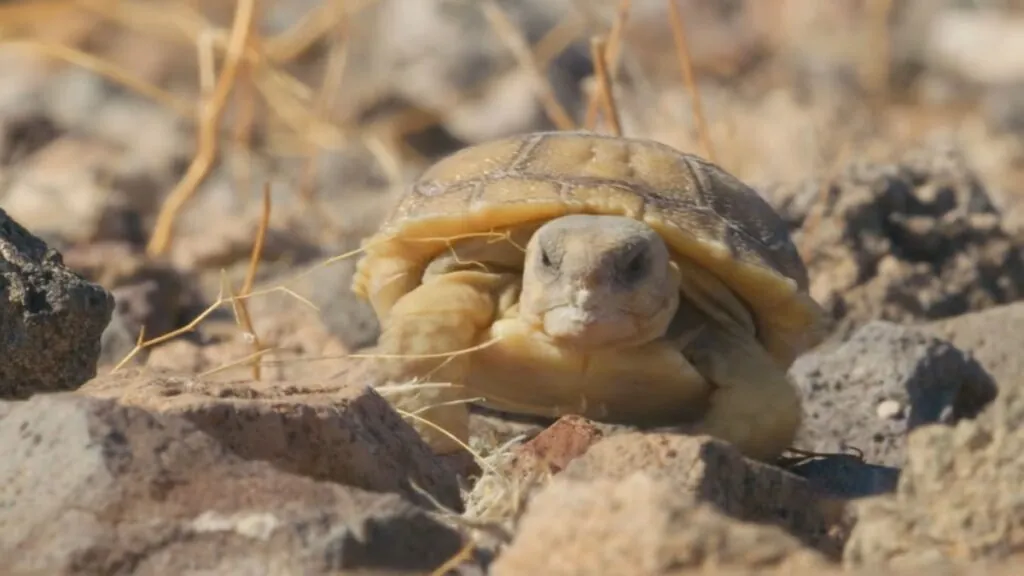
The desert tortoise (Gopherus agassizii) is the ultimate survival expert in the tough desert environment. You’ll find these resilient reptiles hanging out in the Mojave and Sonoran Deserts of the southwestern United States. They spend up to 95% of their lives chilling in burrows. These underground homes offer a cozy and stable climate, keeping them safe from extreme temperatures and hungry predators.
Desert tortoises are pros at going without water for long stretches, making a conspicuous spot in this desert animals list. They get their hydration fix from the plants they eat, and their kidneys work like magic to concentrate urine and minimize water loss. When the weather gets insanely hot and dry, these tortoises take a break by entering a state called estivation. This slows their metabolism way down, helping them conserve energy and water. It’s this amazing adaptation that helps them tough it out through the harsh conditions of their desert home.
3. Fennec Fox
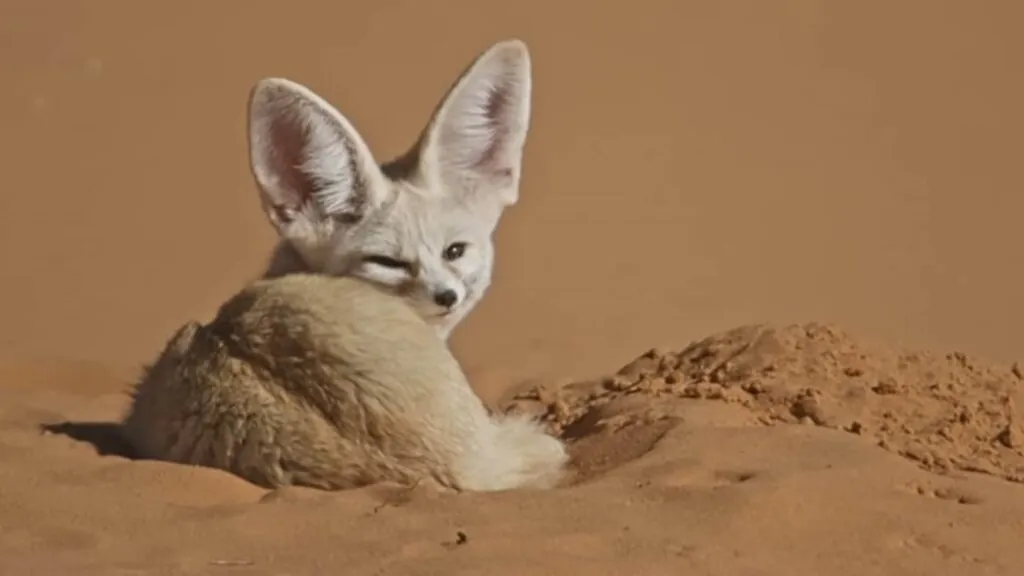
The fennec fox (Vulpes zerda), native to the deserts of North Africa and the Arabian Peninsula, is a superb example of adaptation to extreme environments. This small fox is easily recognizable by its enormous ears, which can grow up to 6 inches long. These ears are not just for show; they play a crucial role in regulating the fox’s body temperature by dissipating heat and enhancing hearing to detect prey moving underground.
Fennec foxes, one of the prominent animals that live in the desert, are nocturnal, which helps them avoid the searing daytime temperatures. During the day, they retreat to their burrows, which can be up to 32 feet long and provide a cooler, stable environment. Their burrows also help in moisture retention, providing a slight but crucial hydration benefit.
4. Thorny Devil
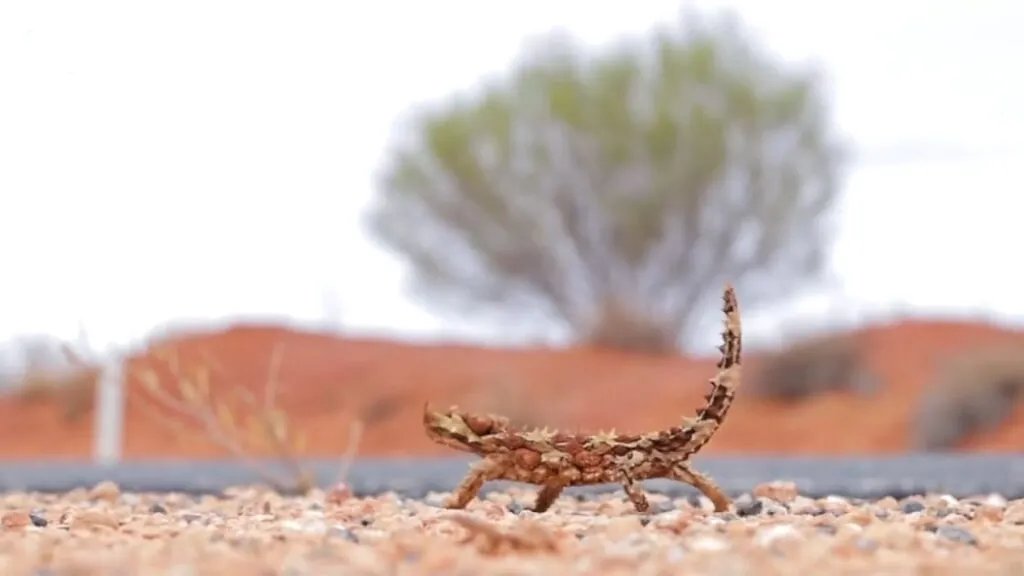
The thorny devil (Moloch horridus), native to the arid regions of Australia, is an extraordinary example of adaptation to extreme environments. This small lizard, covered in sharp spines, uses its spiky appearance as a defense mechanism against predators. It can change color to blend in with its surroundings, darkening during cool temperatures and lightening in the heat to regulate its body temperature.
One of its most remarkable adaptations is its ability to collect water. The thorny devil’s skin has hygroscopic grooves that channel dew and rainwater directly to its mouth, allowing it to stay hydrated in the dry desert environment. Additionally, it primarily feeds on ants, consuming thousands of them daily, which provides essential nutrients and moisture.
5. African Bullfrog
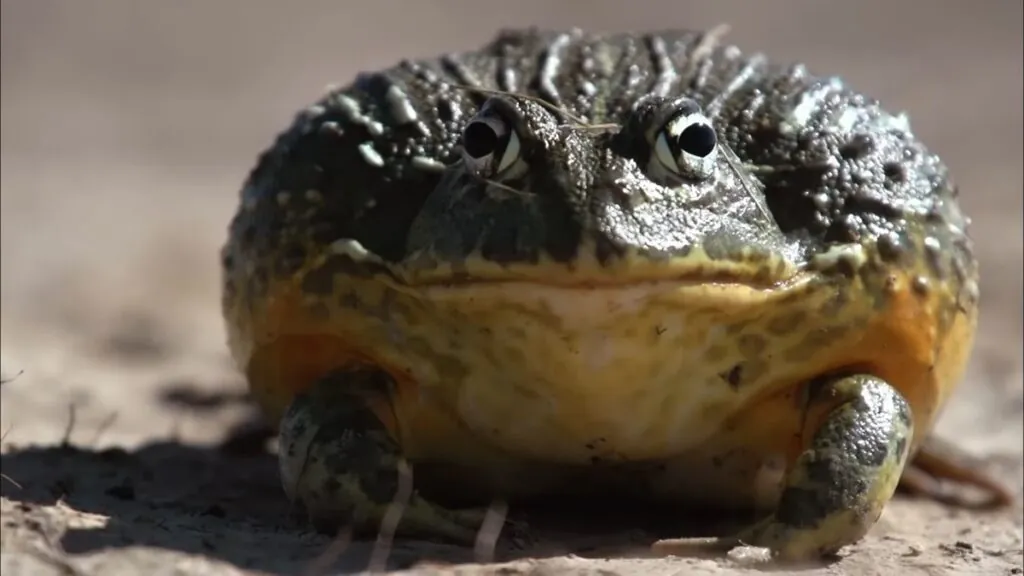
In this desert animals list, the next one is the African bullfrog (Pyxicephalus adspersus), is a robust amphibian native to sub-Saharan Africa. One of its most remarkable adaptations is its ability to enter a state of estivation during dry periods. By burrowing underground and encasing itself in a cocoon made of shed skin, the bullfrog can reduce its metabolic rate, conserving energy and moisture for months until the rains return. This allows it to survive in harsh desert environments where water and food are scarce.
The African bullfrog, one of the majestic animals found in the desert, is also an opportunistic feeder, consuming a wide range of prey including insects, small mammals, birds, and even other frogs, utilizing its powerful jaws and ambush hunting tactics to catch prey.
6. Sand Cat
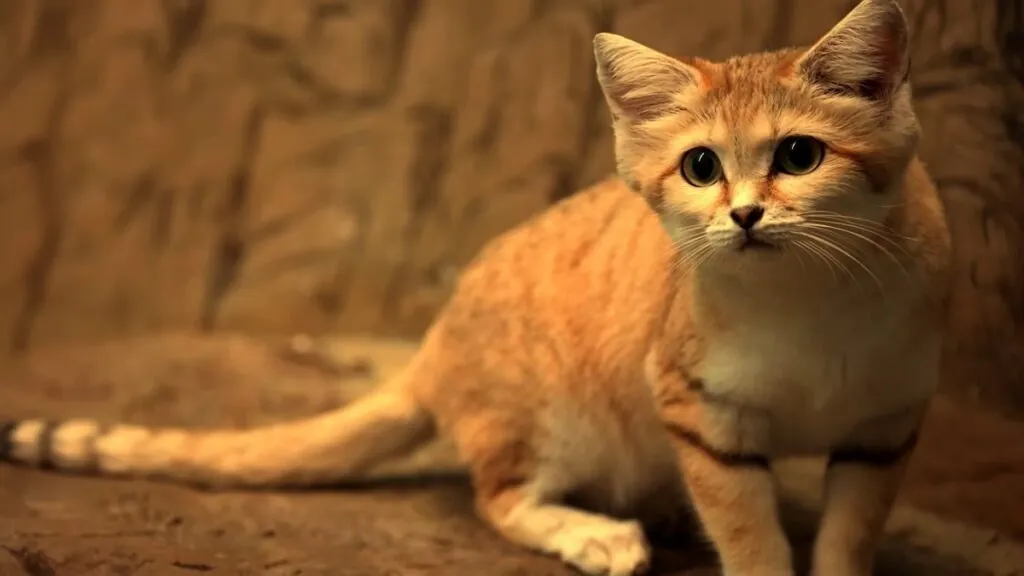
The sand cat (Felis margarita) is a remarkable small wild cat perfectly adapted to life in the harsh desert environments of North Africa, the Middle East, and Central Asia. This elusive feline thrives in arid conditions through several unique adaptations. Its thick, sandy-colored fur provides camouflage against the desert landscape and insulation against both the extreme cold of the night and the intense heat of the day.
The sand cat’s large, low-set ears enhance its hearing, allowing it to detect prey moving underground. This species can survive without drinking water for extended periods, deriving necessary moisture from its prey, which includes small rodents, reptiles, and insects. On top of that, sand cats are proficient diggers, creating burrows to escape the extreme daytime heat and to hide from predators. Their foot-pads are covered with dense fur to protect them from hot sand and provide traction on shifting dunes.
7. Sahara Desernts are also expert navigators. They forage during the hottest part of the day when temperatures are too extreme for most predators. Utilizing their exceptional navigational skills, they rely on visual cues from the sun and landmarks to find their way back to the nest, as traditional pheromone trails would quickly evaporate in the intense heat. On the related note, got the scoop of the top 10 cutest cats in the world?
8. Addax Antelope
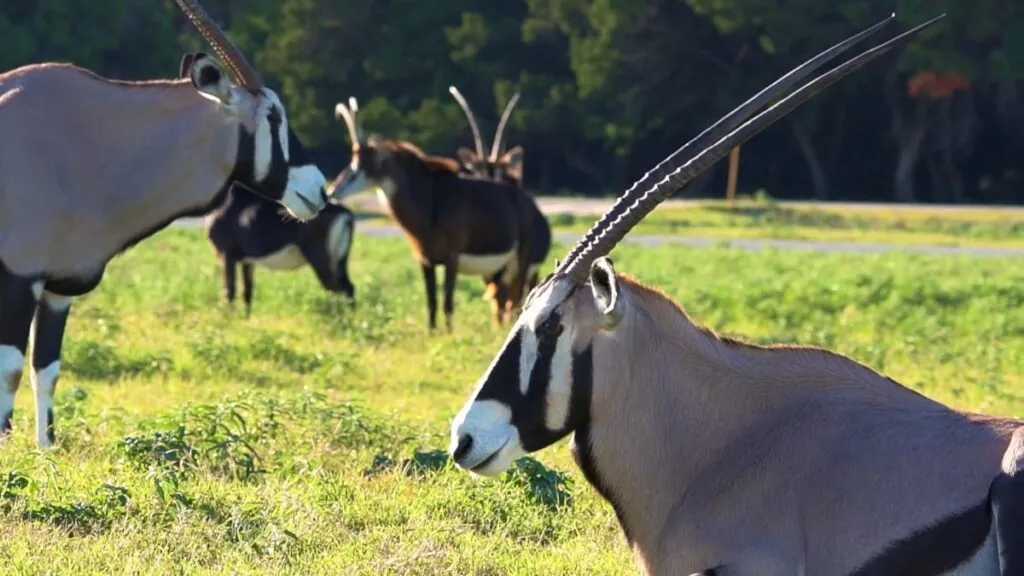
The addax antelope (Addax nasomaculatus), a key member of the desert animals list, showcases extraordinary adaptations that allow it to thrive in the harsh conditions of the Sahara Desert. This critically endangered species has evolved several survival strategies to cope with the extreme environment.
Addaxes have long, spiral horns that not only serve as a defense mechanism but also help in regulating body temperature by allowing excess heat to dissipate. They exhibit seasonal changes in their coat color—turning white or sandy blonde in summer to reflect sunlight and greyish-brown in winter to absorb and retain heat. This helps them manage the extreme temperature fluctuations of the desert.
Remarkably, addaxes can survive long periods without direct water intake. They obtain most of their moisture from the vegetation they consume, such as desert grasses and shrubs. Their bodies are highly efficient at conserving water, producing concentrated urine and dry feces to minimize water loss. These adaptations enable them to live in areas with less than 100 mm of rainfall per year.
9. Cactus Wren
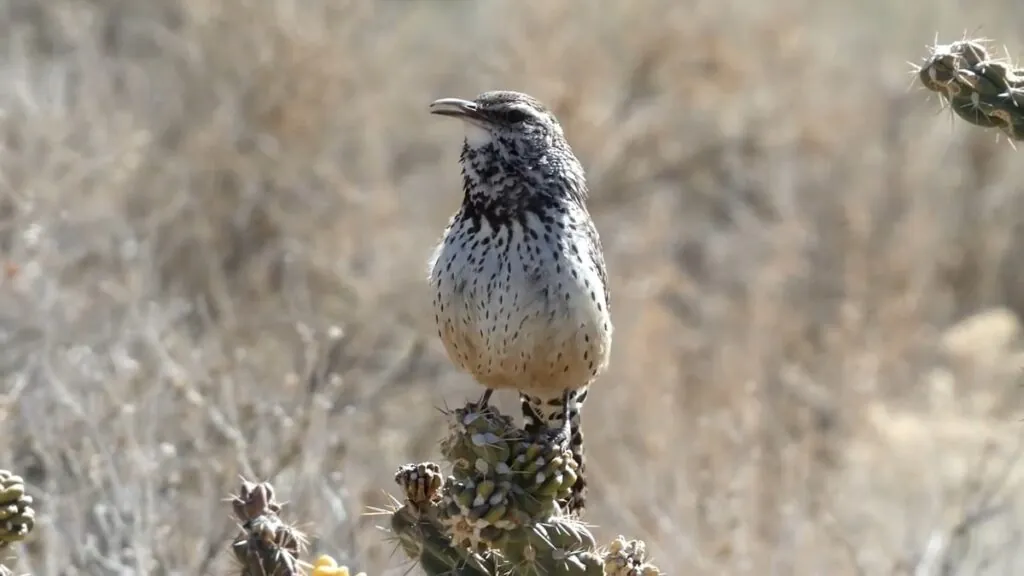
The cactus wren (Campylorhynchus brunneicapillus), a key member of any desert animals list, is highly adapted to the arid environments of the southwestern U.S. and northern Mexico. It builds large, football-shaped nests in cactus plants like cholla and prickly pear, utilizing the spines for protection from predators and extreme weather.
This bird rarely drinks water, obtaining moisture from its diet of juicy insects and fruits. With strong feet and sharp claws, it perches easily on rough cactus surfaces, and its loud, raspy calls help it defend its territory. These adaptations allow the cactus wren to thrive in harsh desert conditions.
10. Sandfish (Skink)
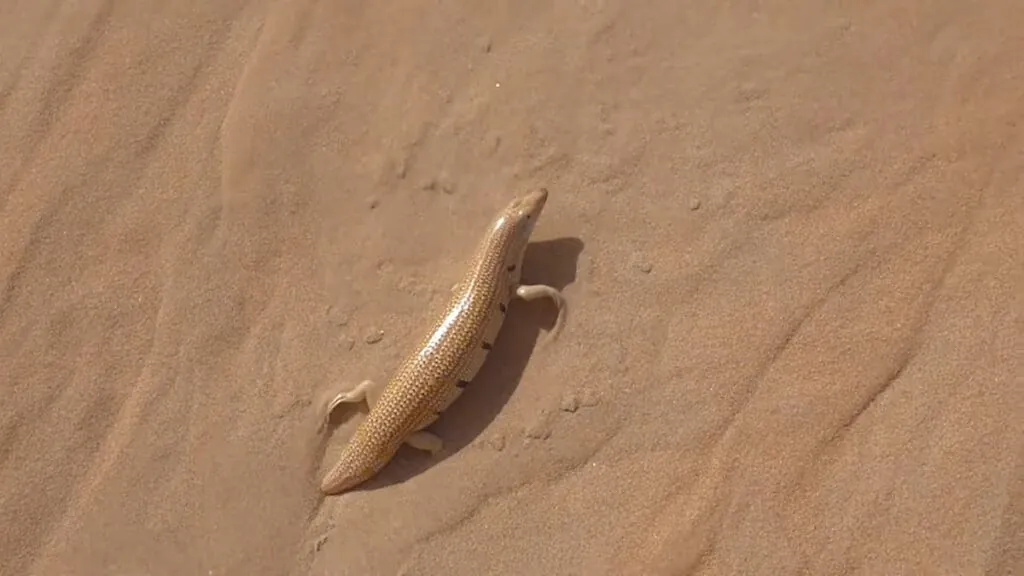
The sandfish lizard (Scincus scincus), a fascinating member of the desert animals list, showcases remarkable adaptations for thriving in the sandy deserts of North Africa and the Arabian Peninsula. This small lizard, typically 6-8 inches long, has a streamlined body covered with smooth, shiny scales that reduce friction, allowing it to “swim” through sand with ease. Its wedge-shaped snout and countersunk jaw enable it to burrow quickly, escaping predators and avoiding the intense desert heat.
Sandfish lizards have specialized respiratory systems that prevent sand from entering their lungs, allowing them to breathe while submerged. They obtain moisture from their diet of insects, which they locate using their ability to detect vibrations in the sand. These unique adaptations enable the sandfish lizard to navigate and survive in its harsh desert environment.
And there you have it – our top 10 desert animals, each with unique and mind-blowing survival strategies. We chose these animals because they exemplify the incredible adaptations needed to thrive in such harsh conditions. From the kangaroo rat’s remarkable ability to live without water to the fennec fox’s ingenious heat-dissipating ears, each of these creatures has evolved to master the art of desert survival.
